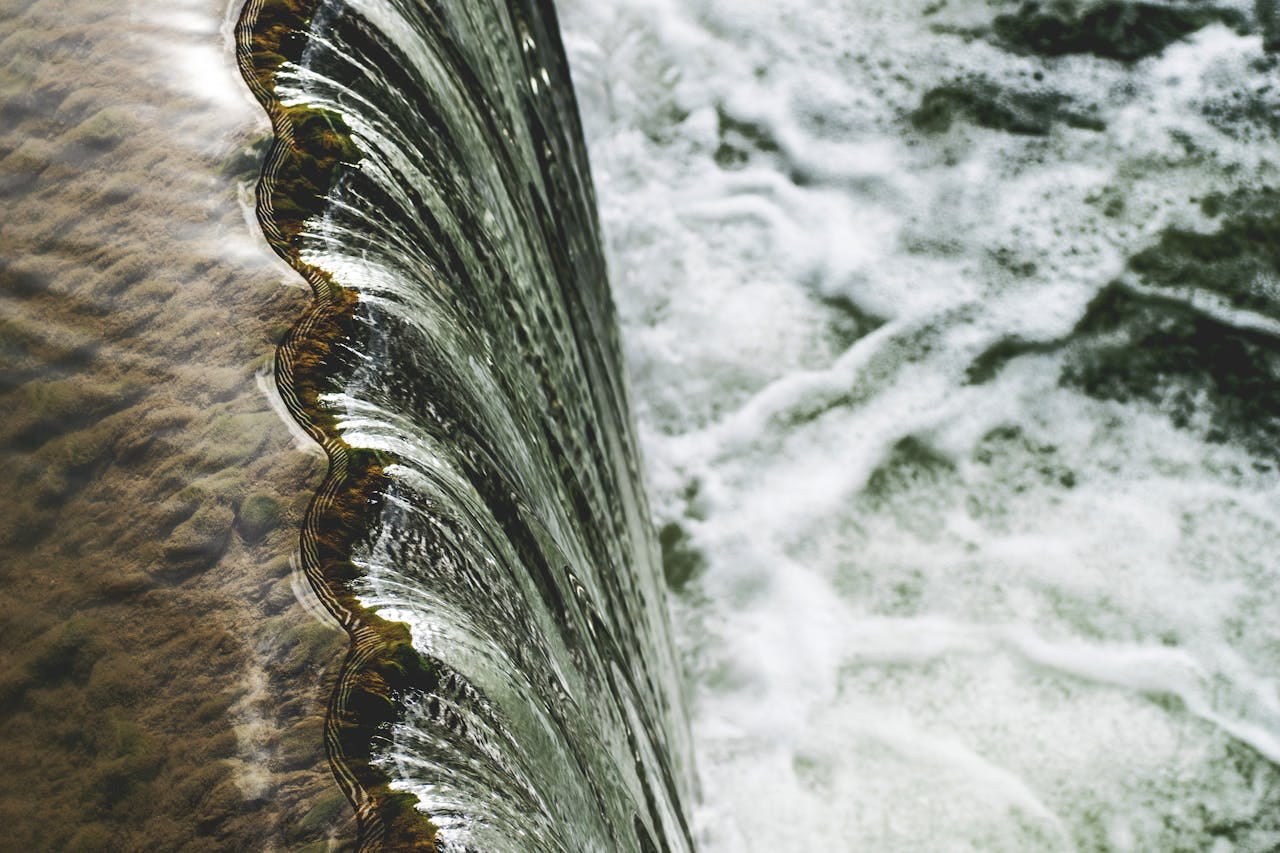Central Asia’s next big asset: H2O
On April 23, the UN issued a stark warning about the escalating threat posed by the climate crisis to Asia, particularly around the surge in extreme heat waves that threaten water supplies that are essential for everything from agriculture to hydroelectric dams.
Central Asia, with its semi-arid landscape, relies heavily on water from its mountainous regions, primarily sourced from the Amu Darya and Syr Darya rivers. But, water distribution in the region is uneven, leading to tensions and competition for control.
Experts unanimously recognize the threat of water scarcity in Central Asia and stress the urgency of collective action to tackle it. Tensions between Uzbekistan and its neighbours Kyrgyzstan and Tajikistan over hydroelectric dam projects have escalated to diplomatic disputes and sporadic violence. Along their borders water-related conflicts have intensified, resulting in casualties and displacement.
Compounding these challenges are the World Bank’s projection of Central Asia’s population growing to between 90 to 110 million by 2050, exacerbating water scarcity issues. In Tashkent, residents saw their bills for cold water and sewerage rise by 17.6% in February.
Despite these daunting realities, efforts to address these challenges are underway. Regional summits and initiatives like a proposed Central Asian Water and Energy consortium, which already has the support of USAID, offer potential avenues for cooperation. There are also ample opportunities for businesses to help these countries better manage their water resources, and the Eurasian Development Bank has previously identified the sector as in need of investment.
Meanwhile, Afghanistan’s evolving situation presents its own problems, with navigating water management negotiations with the Taliban presenting a crucial test for Central Asian states.
While tough negotiations with the Taliban loom, Central Asian nations retain agency in shaping their water future.
Tough negotiations with the Taliban seem inevitable. But much remains in Central Asian states’ hands. Encouragingly, there are signs of progress. Projects in Turkmenistan are already underway to improve water resource management and regional cooperation, while Kazakhstan is using its chairmanship this year of the International Fund for Saving the Aral Sea to drive cooperation on sustainable sharing of water resources. Additionally, Kyrgyzstan’s plans to create a Ministry of Water Resources by the end of the year signals an understanding of the need to address the crisis head-on. Uzbekistan’s Tashkent International Investment Forum (TIIF) welcomed a number of partnerships with European and Middle Eastern partners focused on water management.
Yet while households merrily water the roads outside their houses every couple of hours in summer, incoming increases in water tariffs, international investment and political agreements show that the region’s leaders are finally taking these issues seriously. Let’s hope that cooperation will help solve these disputes together.





